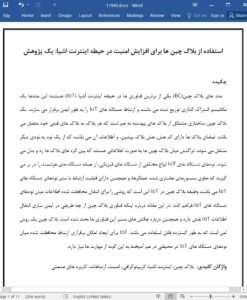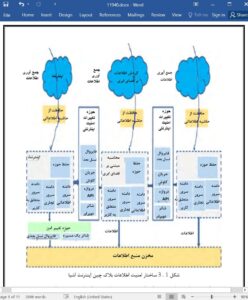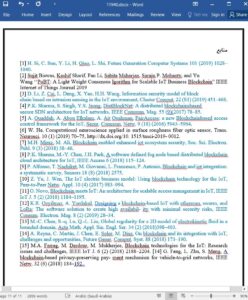Abstract
Blockchain (BC) methods is one of the best technologies in the Internet of Things (IoT) environments, it is a distributed sharing mechanism and communicate the IoT devices with secure manner. A blockchain is a connection of blocks and each block is linked to its earlier blocks. All block has the security hash code, previous block hash, and its data. The transaction between the BlockChain are the data is transfer between one IoT block nodes to another IoT Block node. The IoT device nodes are various types of physical devices like smart devices with embedded sensors, actuators, and capable of be in touch with other IoT device nodes. The responsibility of BlockChain in IoT is to grant a method to provide protected data transmission through IoT device nodes. In this paper discussed about the blockchain technology is how to secure the IoT transmission data and what are the challenges comes into these technologies. BlockChain is a safe method that can be used widely. IoT needs this type of skill to permit protected communication among IoT device nodes in mixed atmosphere.
1. Introduction
The blockchain is a chain of consecutive blocks, which connecting an all list of transaction records like predictable user data. Figure 1 shows an example of a blockchain. Each block is point to previous block with hash code and point to next block with another hash code. The each block contain the timestamp, nonce and transaction history. The first block have no parent block that is called genesis block. We can create the block structure, digital signature mechanism and blockchain taxonomy. The blockchain is like a linked list in data structure architecture. The each and every node is connected by reference point value. The starting node containing the next block node reference point address, the second block node contain the previous node reference point address and next block node reference point address value. The last block node contains the previous block node address only. This is the structure of blockchain architecture which consists of a continuous sequence of blocks Fig. 1.1. [1]. Fig. 3.1. Fig. 3.2. Fig. 4.1.











